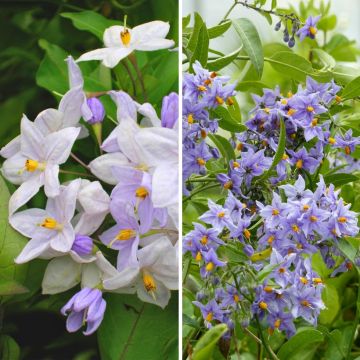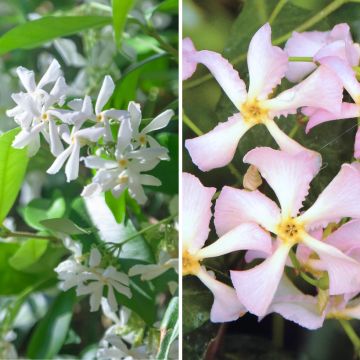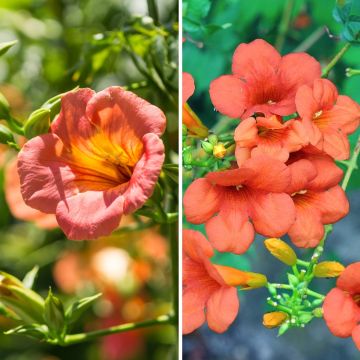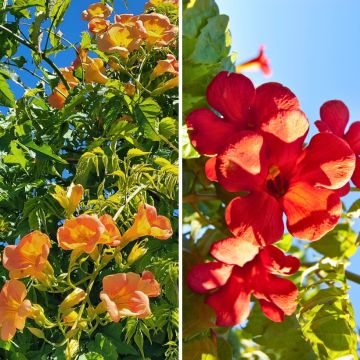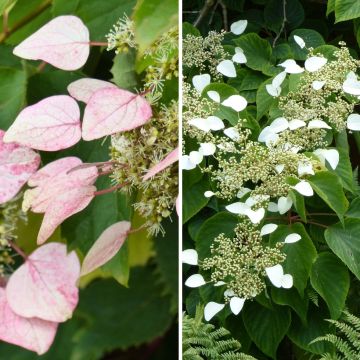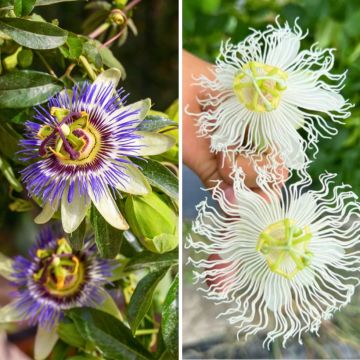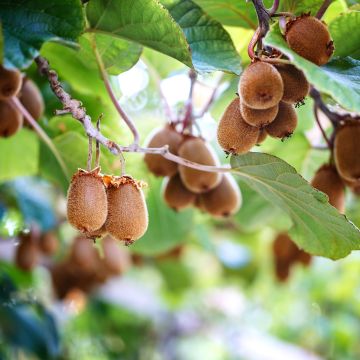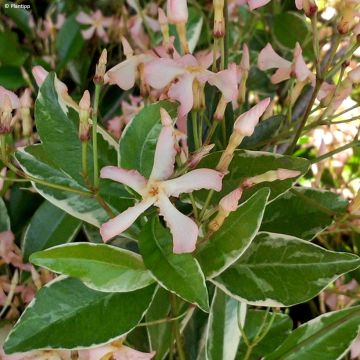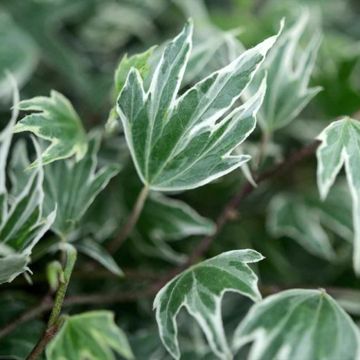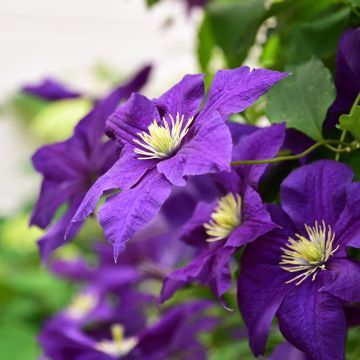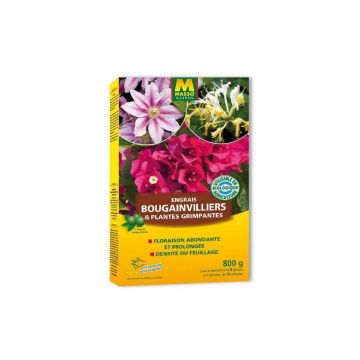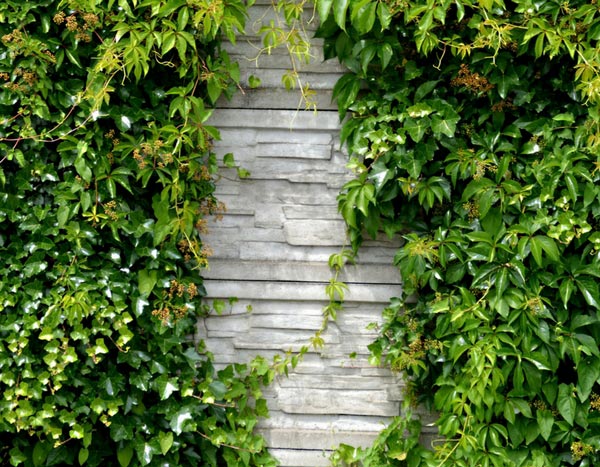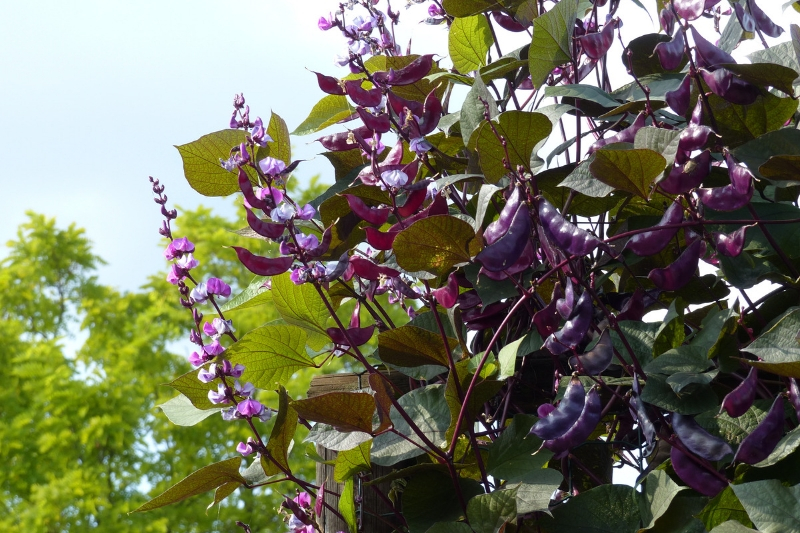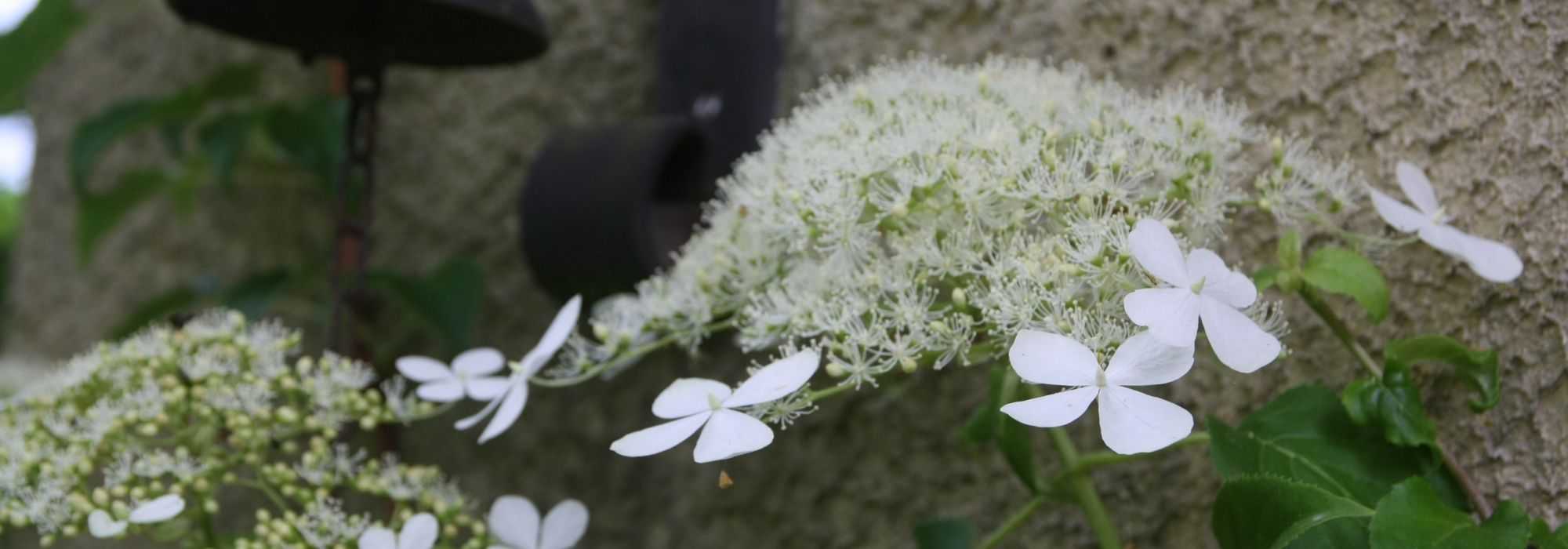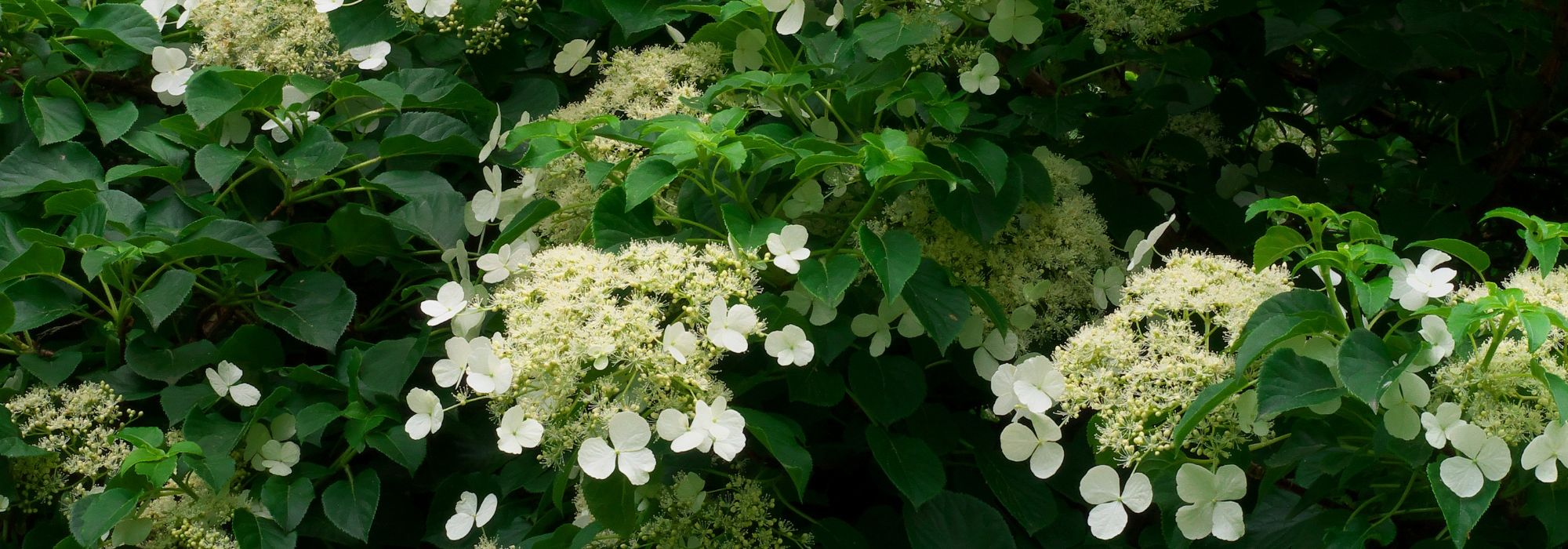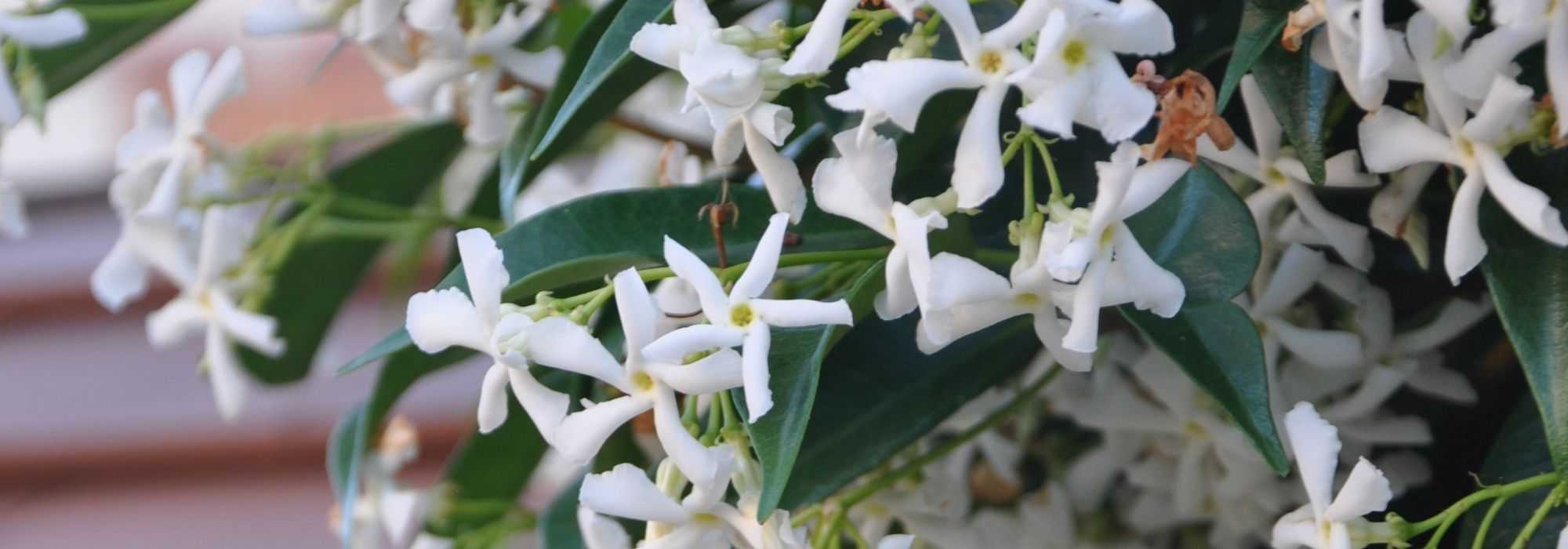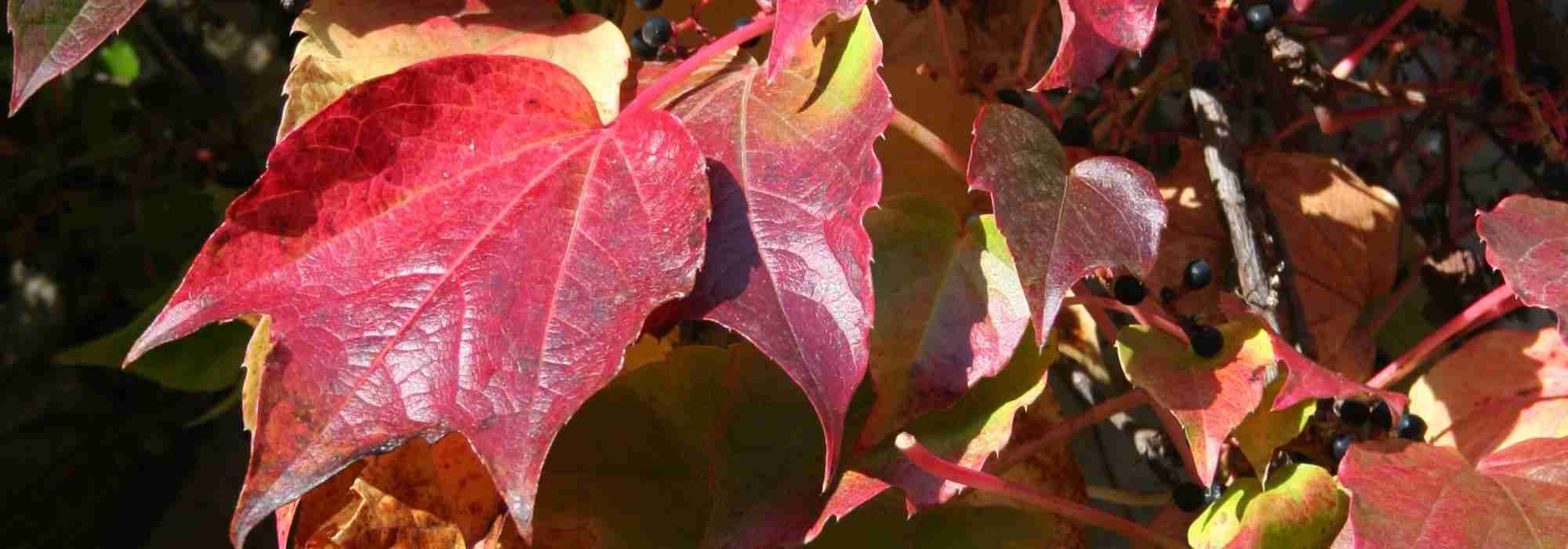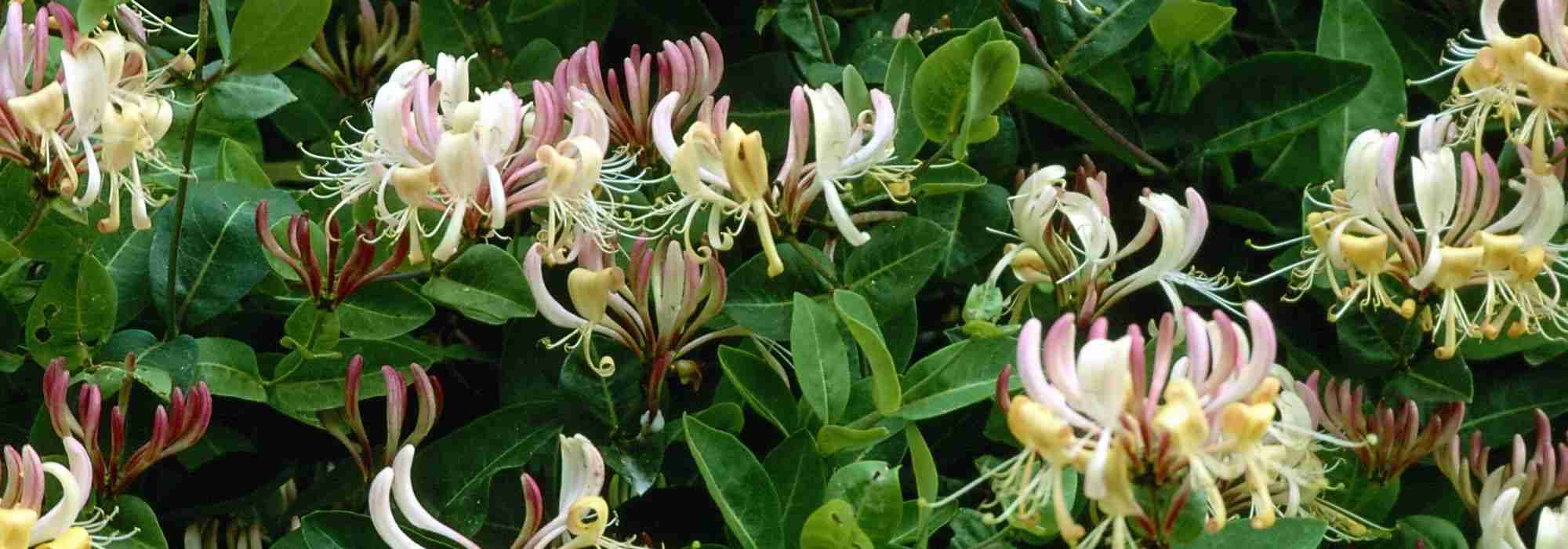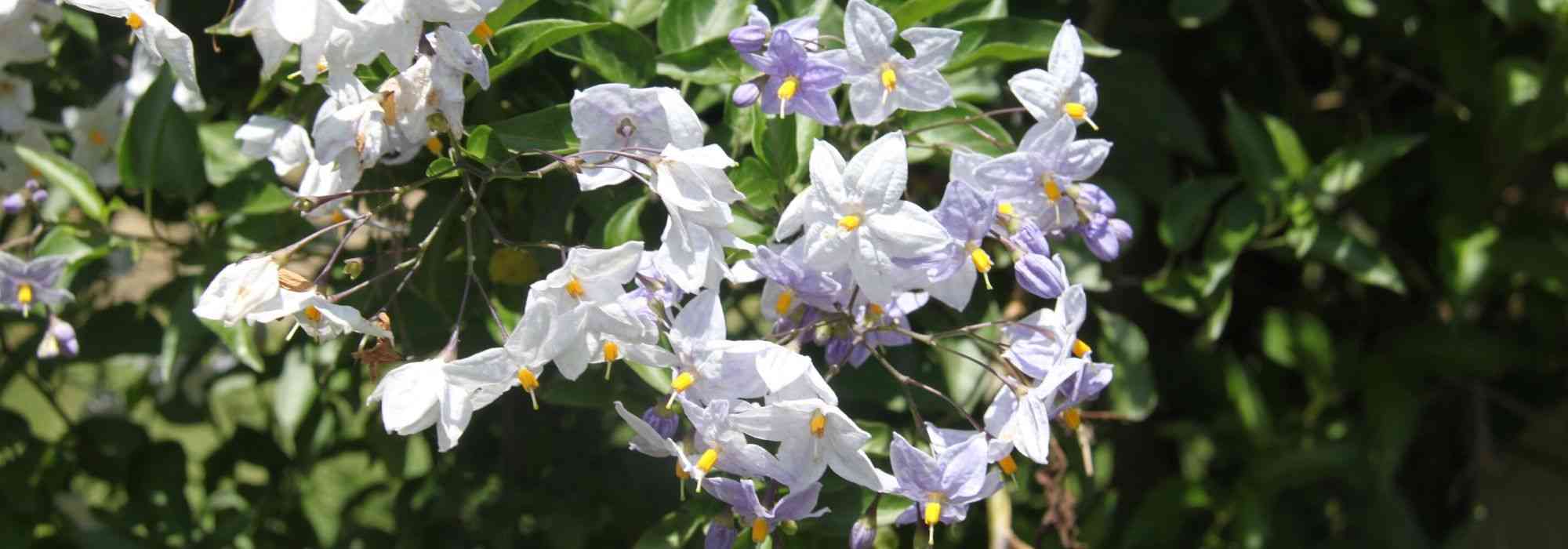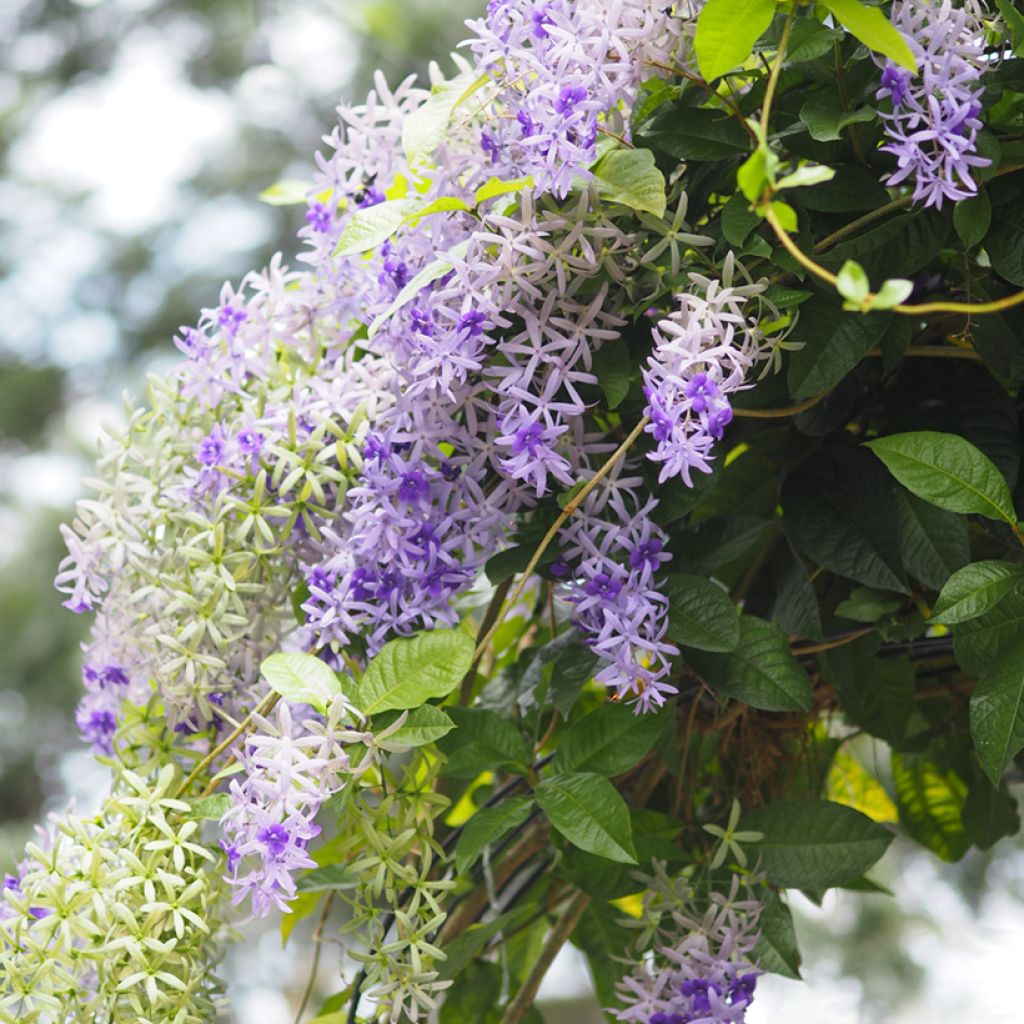

Petrea volubilis - Sandpaper vine
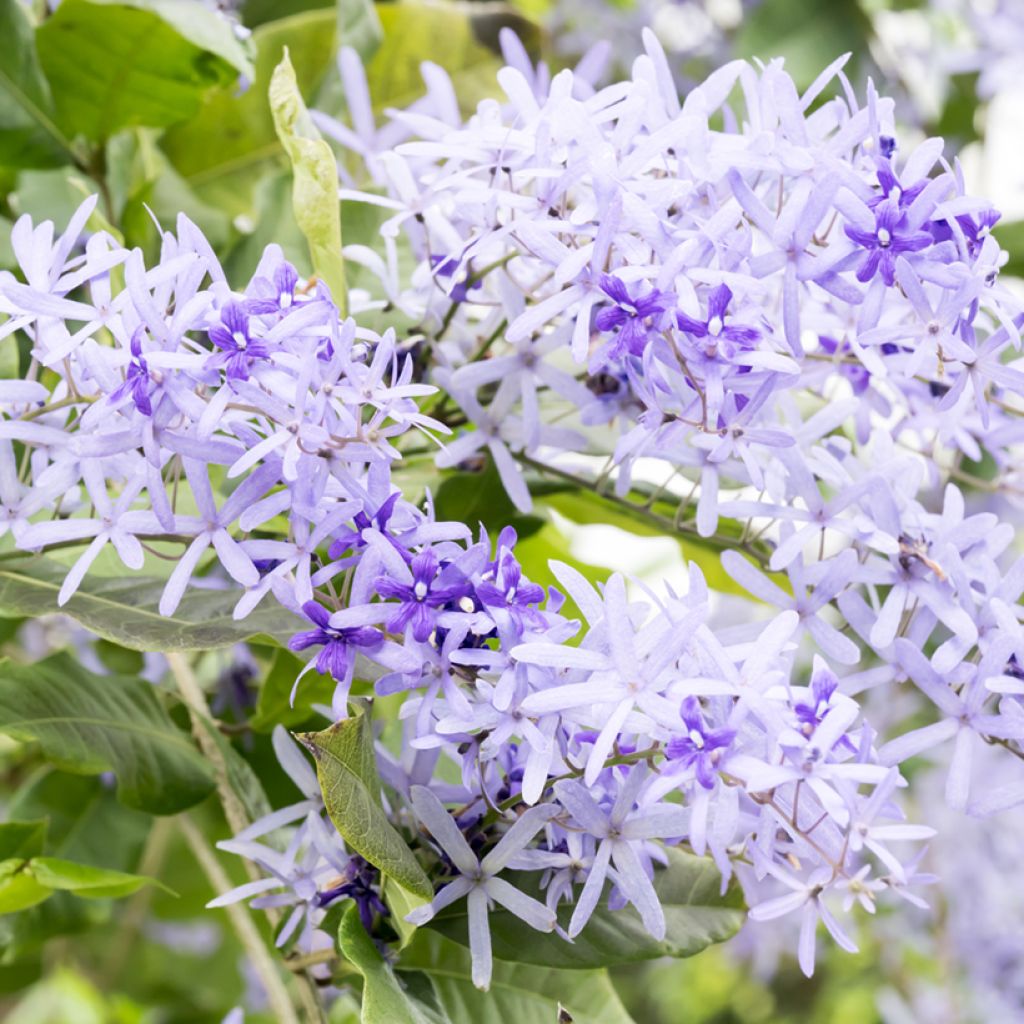

Petrea volubilis - Sandpaper vine
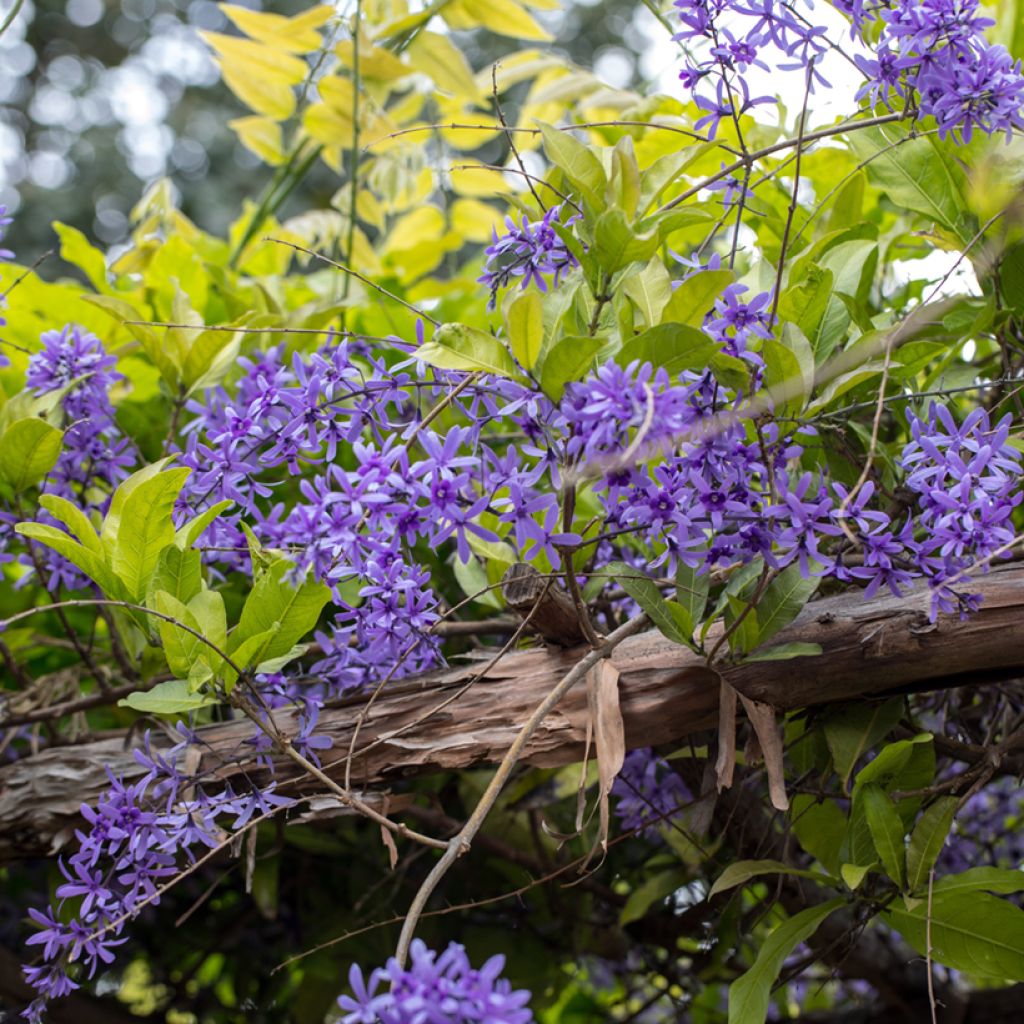

Petrea volubilis - Sandpaper vine
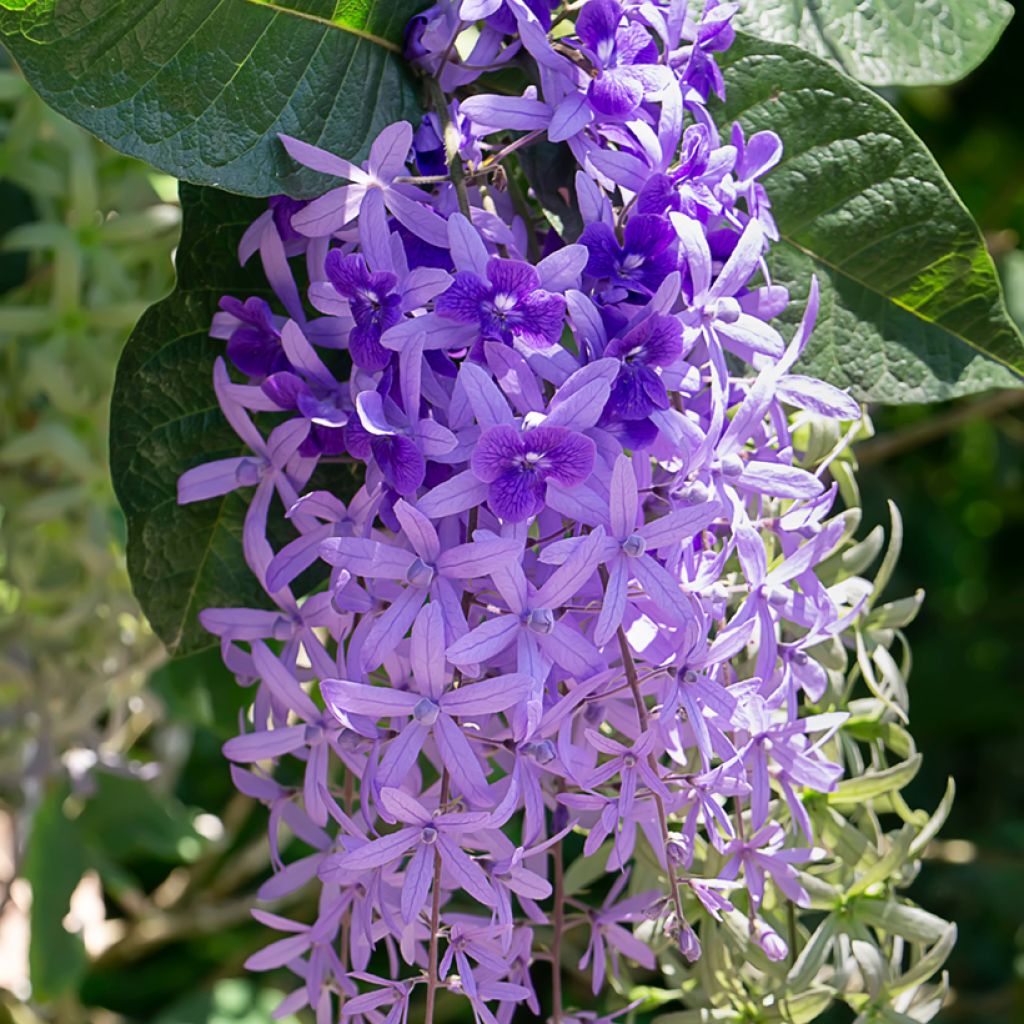

Petrea volubilis - Sandpaper vine
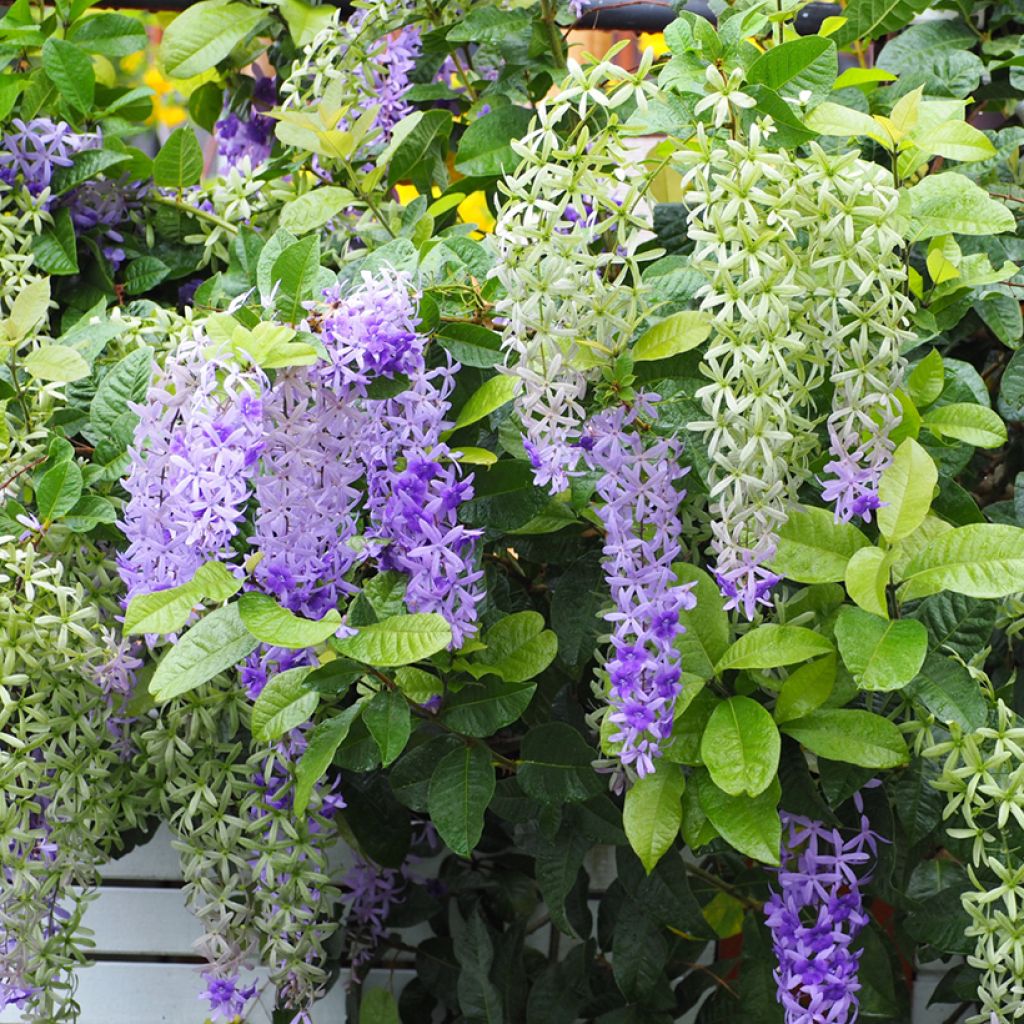

Petrea volubilis - Sandpaper vine
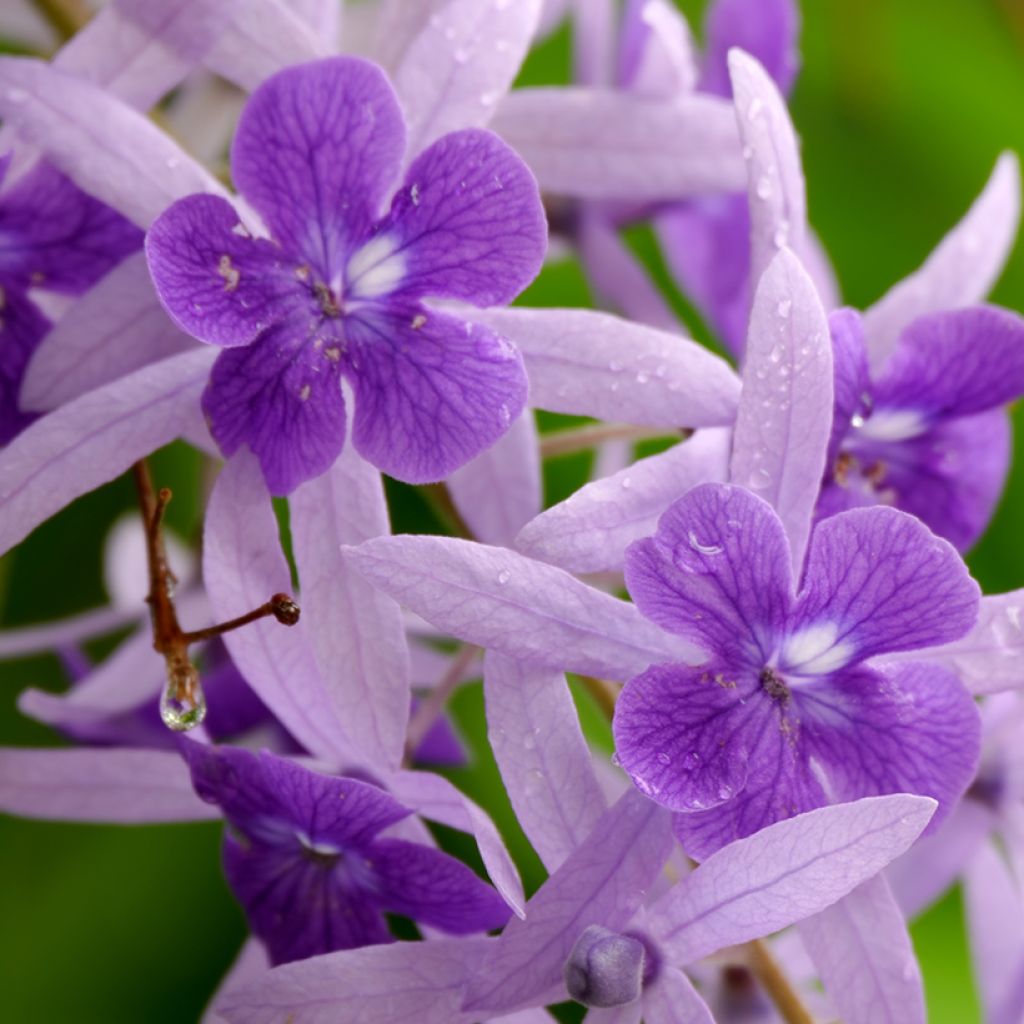

Petrea volubilis - Sandpaper vine
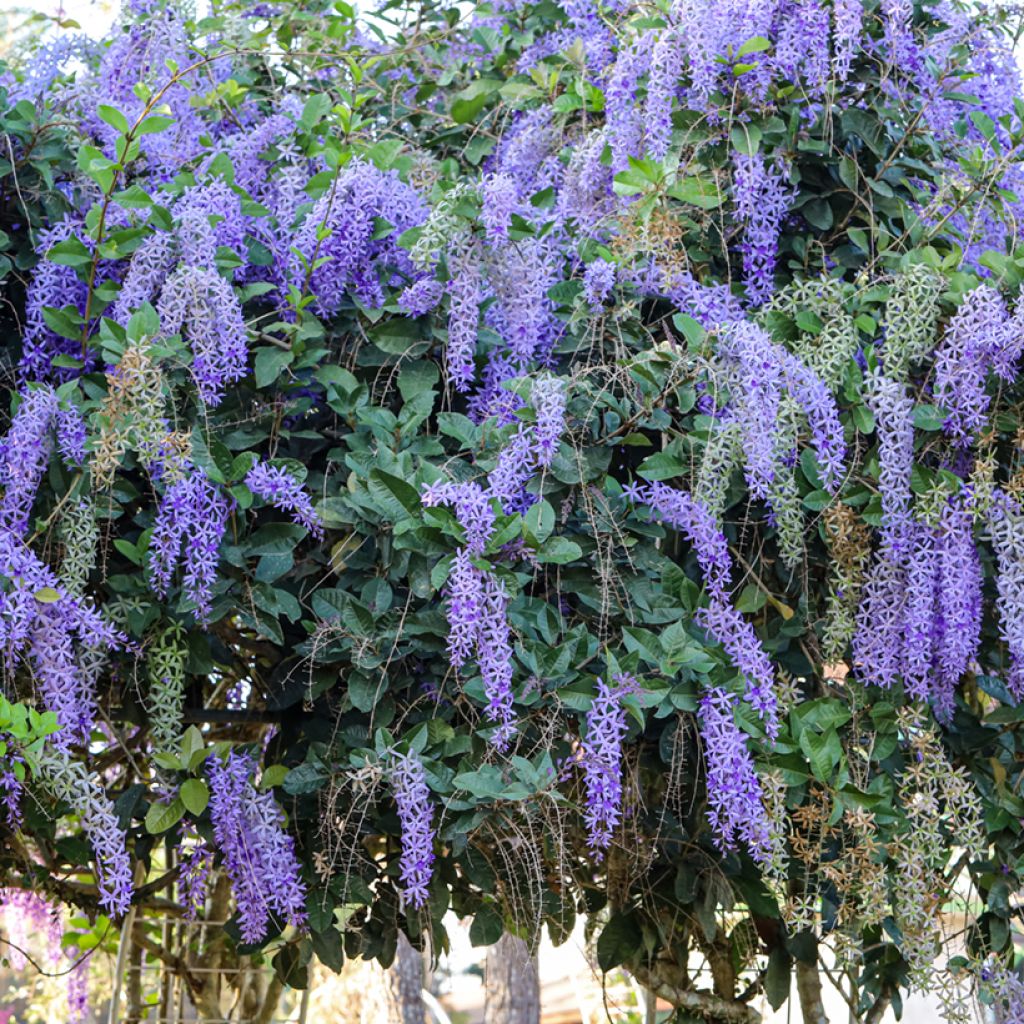

Petrea volubilis - Sandpaper vine
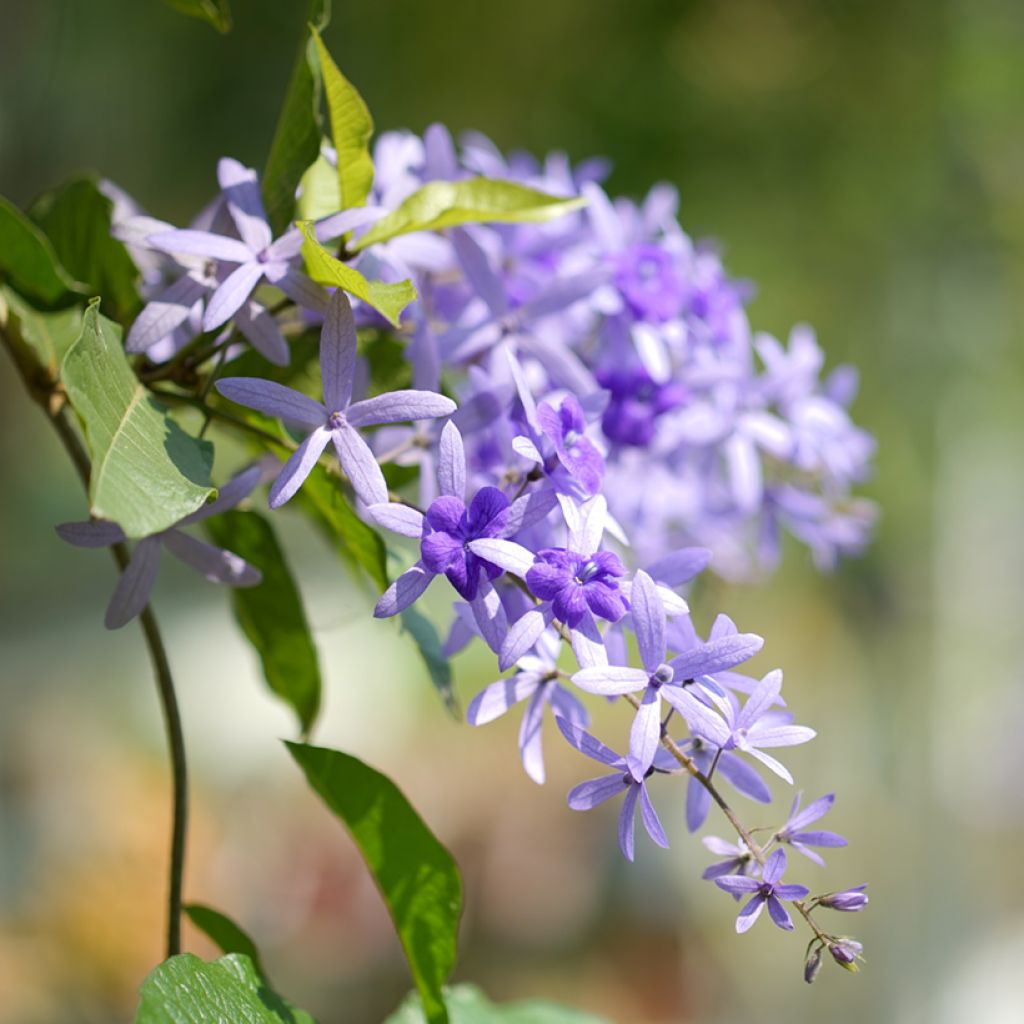

Petrea volubilis - Sandpaper vine
Petrea volubilis - Sandpaper vine
Petrea volubilis
Sandpaper vine
Special offer!
Receive a €20 voucher for any order over €90 (excluding delivery costs, credit notes, and plastic-free options)!
1- Add your favorite plants to your cart.
2- Once you have reached €90, confirm your order (you can even choose the delivery date!).
3- As soon as your order is shipped, you will receive an email containing your voucher code, valid for 3 months (90 days).
Your voucher is unique and can only be used once, for any order with a minimum value of €20, excluding delivery costs.
Can be combined with other current offers, non-divisible and non-refundable.
Why not try an alternative variety in stock?
View all →This plant carries a 6 months recovery warranty
More information
We guarantee the quality of our plants for a full growing cycle, and will replace at our expense any plant that fails to recover under normal climatic and planting conditions.
Does this plant fit my garden?
Set up your Plantfit profile →
Description
Petrea volubilis, also known as the Queen's Wreath, is a stunning tropical climbing plant renowned for its beautiful clusters of purple flowers. Native to Central America and the Caribbean, this plant can reach 8 to 10 metres in length when planted in the ground in favourable climates. By the seaside, it can cover pergolas, arches, or other garden structures. In pots, it will adorn a terrace or balcony during the warmer months before being moved to a greenhouse or conservatory. Its long-lasting flowering attracts butterflies and pollinators while adding an exotic and lush touch to the garden.
Petrea volubilis belongs to the Verbenaceae family and is a relative of vervains. Native to Central America and the Caribbean, its range extends from Mexico to Panama, including the Antilles. In its natural habitat, it thrives particularly along rivers and waterways.
Its growth is rapid, especially under optimal cultivation conditions. In tropical or subtropical climates, Petrea volubilis can reach its mature size in just a few years if provided with a sturdy support to climb. Its vigour increases in well-drained soil and sunny exposures. In cooler climates or less ideal conditions, and even more so in pots, its development will be more moderate. This vigorous climber can reach a height of 6 to 12 metres when supported by a structure, but can also grow as a bush. Its voluble stems twine around supports. The evergreen leaves are elliptical to oblong in shape, measuring between 10 and 20 cm in length. They are light green, with a very rough texture to the touch, featuring prominent veins and often slightly wavy edges. This roughness is due to the presence of short, stiff hairs on the surface of the leaf. This slightly abrasive texture, reminiscent of sandpaper, is the origin of its English nickname, "sandpaper vine".
The flowers of the Queen's Wreath, arranged in long pendulous clusters up to 30 cm long, appear mainly in spring, sometimes in summer, with a possible second flowering in autumn depending on the climate. Each flower consists of five narrow violet lobes forming a star, with a persistent calyx that retains its hue even after the corolla falls. The fruits are achenes concealed within the calyx, facilitating dispersal by wind or water.
In very mild climates, Petrea volubilis is ideal for dressing vertical structures such as pergolas, arches, trellises, or even fences. In a tropical or Mediterranean garden, it will look magnificent when planted in groups or alongside complementary plants. To enhance its colours, pair it with plants that bloom in white or yellow tones, such as a frangipani (Plumeria obtusa) or Allamanda cathartica, which highlight its violet flowers. It also pairs beautifully with climbing plants such as Arabian jasmine (Jasminum sambac) or the pink trumpet vine (Podranea ricasoliana). In an exotic garden, you can accompany it with palms such as Dypsis plumosa or a Bougainvillea.
Report an error about the product description
Petrea volubilis - Sandpaper vine in pictures


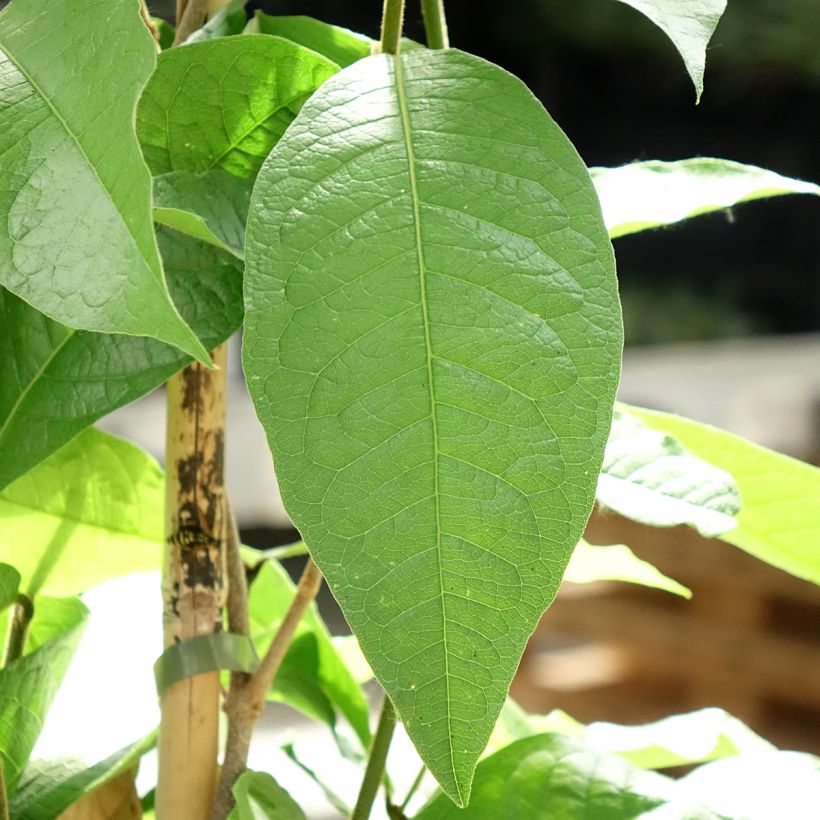



Plant habit
Flowering
Foliage
Botanical data
Petrea
volubilis
Verbenaceae
Sandpaper vine
Petrea aspera, Petrea racemosa, Petrea arborea
Central America
Planting and care
Petrea volubilis is a tender tropical plant tolerating only very light frosts down to -2°C for short periods. It is therefore suited to warm climates and requires winter protection outside tropical or subtropical zones. Plant it in full sun, which is essential to encourage abundant flowering. It prefers well-drained, fertile, slightly acidic to neutral soil.
If grown in a pot, choose a large container (at least 40 cm in diameter) with drainage holes, and use a mix of compost, garden soil and sand to ensure good drainage.
Water regularly during the growth period, allowing the substrate to dry slightly between waterings. Once well-established in the ground, this climber can tolerate moderate drought. Feed in spring with a phosphorus-rich fertiliser to stimulate flower production. Prune lightly after the main flowering to encourage new shoots.
If you live in a region with "normal" winters, grow it in a pot so it can be moved indoors or into a conservatory from autumn. When planted in the ground, a thick mulch around the roots is essential to protect it from frost. Also ensure you install a sturdy support at planting time to guide this vigorous climber.
Planting period
Intended location
Care
Planting & care advice
This item has not been reviewed yet - be the first to leave a review about it.
Haven't found what you were looking for?
Hardiness is the lowest winter temperature a plant can endure without suffering serious damage or even dying. However, hardiness is affected by location (a sheltered area, such as a patio), protection (winter cover) and soil type (hardiness is improved by well-drained soil).

Photo Sharing Terms & Conditions
In order to encourage gardeners to interact and share their experiences, Promesse de fleurs offers various media enabling content to be uploaded onto its Site - in particular via the ‘Photo sharing’ module.
The User agrees to refrain from:
- Posting any content that is illegal, prejudicial, insulting, racist, inciteful to hatred, revisionist, contrary to public decency, that infringes on privacy or on the privacy rights of third parties, in particular the publicity rights of persons and goods, intellectual property rights, or the right to privacy.
- Submitting content on behalf of a third party;
- Impersonate the identity of a third party and/or publish any personal information about a third party;
In general, the User undertakes to refrain from any unethical behaviour.
All Content (in particular text, comments, files, images, photos, videos, creative works, etc.), which may be subject to property or intellectual property rights, image or other private rights, shall remain the property of the User, subject to the limited rights granted by the terms of the licence granted by Promesse de fleurs as stated below. Users are at liberty to publish or not to publish such Content on the Site, notably via the ‘Photo Sharing’ facility, and accept that this Content shall be made public and freely accessible, notably on the Internet.
Users further acknowledge, undertake to have ,and guarantee that they hold all necessary rights and permissions to publish such material on the Site, in particular with regard to the legislation in force pertaining to any privacy, property, intellectual property, image, or contractual rights, or rights of any other nature. By publishing such Content on the Site, Users acknowledge accepting full liability as publishers of the Content within the meaning of the law, and grant Promesse de fleurs, free of charge, an inclusive, worldwide licence for the said Content for the entire duration of its publication, including all reproduction, representation, up/downloading, displaying, performing, transmission, and storage rights.
Users also grant permission for their name to be linked to the Content and accept that this link may not always be made available.
By engaging in posting material, Users consent to their Content becoming automatically accessible on the Internet, in particular on other sites and/or blogs and/or web pages of the Promesse de fleurs site, including in particular social pages and the Promesse de fleurs catalogue.
Users may secure the removal of entrusted content free of charge by issuing a simple request via our contact form.
The flowering period indicated on our website applies to countries and regions located in USDA zone 8 (France, the United Kingdom, Ireland, the Netherlands, etc.)
It will vary according to where you live:
- In zones 9 to 10 (Italy, Spain, Greece, etc.), flowering will occur about 2 to 4 weeks earlier.
- In zones 6 to 7 (Germany, Poland, Slovenia, and lower mountainous regions), flowering will be delayed by 2 to 3 weeks.
- In zone 5 (Central Europe, Scandinavia), blooming will be delayed by 3 to 5 weeks.
In temperate climates, pruning of spring-flowering shrubs (forsythia, spireas, etc.) should be done just after flowering.
Pruning of summer-flowering shrubs (Indian Lilac, Perovskia, etc.) can be done in winter or spring.
In cold regions as well as with frost-sensitive plants, avoid pruning too early when severe frosts may still occur.
The planting period indicated on our website applies to countries and regions located in USDA zone 8 (France, United Kingdom, Ireland, Netherlands).
It will vary according to where you live:
- In Mediterranean zones (Marseille, Madrid, Milan, etc.), autumn and winter are the best planting periods.
- In continental zones (Strasbourg, Munich, Vienna, etc.), delay planting by 2 to 3 weeks in spring and bring it forward by 2 to 4 weeks in autumn.
- In mountainous regions (the Alps, Pyrenees, Carpathians, etc.), it is best to plant in late spring (May-June) or late summer (August-September).
The harvesting period indicated on our website applies to countries and regions in USDA zone 8 (France, England, Ireland, the Netherlands).
In colder areas (Scandinavia, Poland, Austria...) fruit and vegetable harvests are likely to be delayed by 3-4 weeks.
In warmer areas (Italy, Spain, Greece, etc.), harvesting will probably take place earlier, depending on weather conditions.
The sowing periods indicated on our website apply to countries and regions within USDA Zone 8 (France, UK, Ireland, Netherlands).
In colder areas (Scandinavia, Poland, Austria...), delay any outdoor sowing by 3-4 weeks, or sow under glass.
In warmer climes (Italy, Spain, Greece, etc.), bring outdoor sowing forward by a few weeks.






























